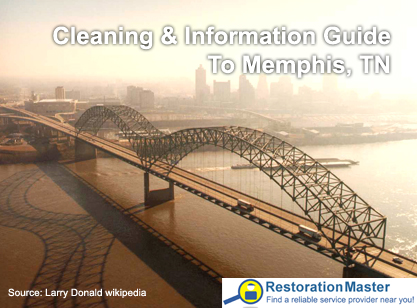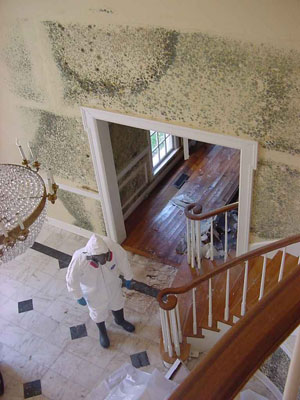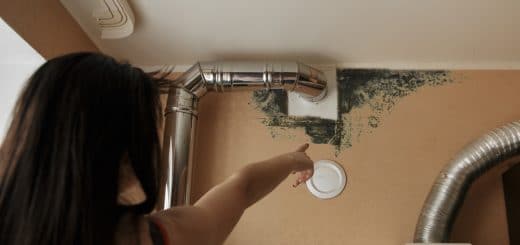How to React to Fire Damage from a California Wildfire
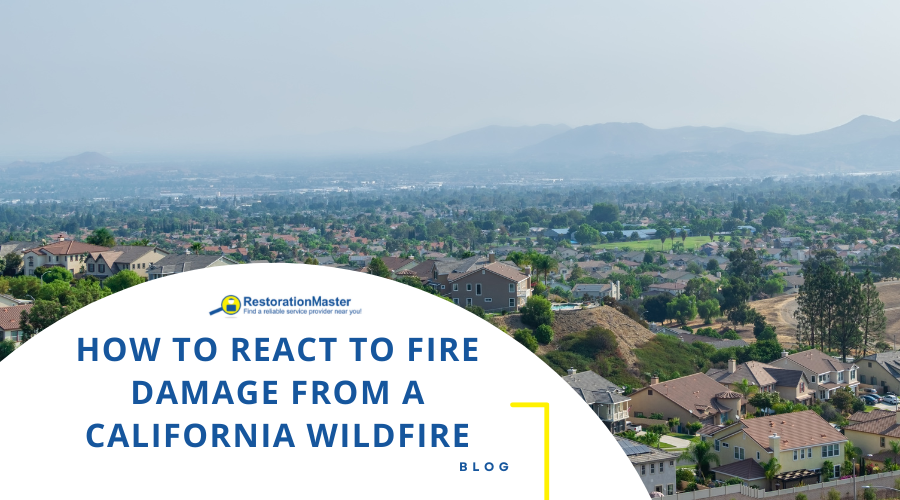
Wildfires are a force of nature. Nature’s fury is responsible for the blaze of flames in wooded areas; drought and the earth’s changing climate play roles in the tens of thousands of wildfires that occur each year. In the United States, nearly 90 percent of wildfires are caused by people.
Responding to Wildfires
When confronted with a smoldering rage of fire, reacting with a cool head will prevent extensive damage to both life and physical structures. Remember that wildfires spread rapidly, often resembling the speed of freight trains. Escaping the fire and accompanying smoke become a first priority.
Evacuation from areas engulfed in flames should be immediate. Prevailing winds can quickly change the route of a fire, putting people, animals and buildings in harm’s way. While moving away from the fire, look out for spot fires, which ignite from embers or materials rolling down from the fire itself.
Once firefighters extinguish the flames, authorities will notify locals when conditions allow for a safe return. Be sure to find out from officials whether or not the water is safe to drink. Returning to an area ravaged by wildfire requires extreme caution.
Take care to look out for hot ash, charred trees and live embers. Smoldering debris is also dangerous. When walking on the ground, be aware of the possibility of heat pockets, which have the potential to inflict serious burns or provoke another wildfire.
After a wildfire, dust particles and ash can infiltrate the air. To prevent inhaling these particles, wear a NIOSH certified respirator. To further protect human life, wet down debris; dampening the debris with water keeps dust particles and loose ash from scattering throughout the surrounding air.
After the Fire
1. Assess the Damage
Witnessing the rampant destruction of a wildfire is distressing. Burned buildings, destroyed property and any other damage caused by the wildfire should, however, be fully documented to file an insurance claim. Be sure to avoid throwing away anything damaged by fire or not.
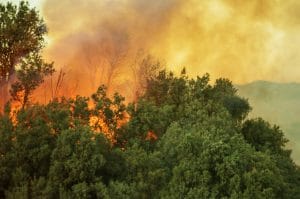
Evidence of damage may be noted by making a list of items destroyed by the wildfire. Upon a walkthrough of the ruined site, take ample videos, if possible. Photographs taken from a phone or camera are also accepted forms of documentation for insurance purposes.
A range of items may seem to have evaded damage from the fire, heat or smoke. However, document these items as well, since the damage may not be apparent at first. Belongings that show signs of damage should be labeled with the estimated replacement cost and date of purchase.
Fire restorationRestoration is the process of returning a property to its pr... More efforts may have led to water damage to the property. While investigating the structureStructure refers to the framework or components of a buildin... More for fire damage, also pay attention to signs of water damage. Evidence of water damage captured on video or in photographs will accelerate insurance processes.
Water damage is insidious and may be difficult to identify by an untrained eye upon an initial visual examination. Visible signs of water damage include moldMold is a type of fungus that grows in damp or humid conditi... More and bacterial growth along the walls, ceilings and floors. Discoloration on ceilings is also indicative of serious water damage.
Though water damage may be invisible at first, it is likely to be present. Consulting a water damage assessment service will be helpful. Upon contacting the fire damage restoration service, mention water damage; the contractor will check all points of the property for potential ruin.
2. Start Fire Damage Restoration

Even though the fire is extinguished, damage can continue to destroy the structureStructure refers to the framework or components of a buildin... More. SootSoot is fine black particles composed of carbon and other ma... More and smoke particles are highly destructive and corrosive to anything they touch. Minute sootSoot is fine black particles composed of carbon and other ma... More and smoke particles travel a far distance from where the fire burned, leading to extensive damage.
A property that is severely destroyed by a wildfire will require the services of a professional fire damage restoration company. The contractors will take an accurate inventory of damaged items, securely pack them and send the goods to an offsite location for a thorough cleaning.
If the building is too dangerous to inhabit while contractors are restoring it, alternative housing will be necessary. A homeowner’s insuranceHomeowner’s insurance is a policy that provides financial ... More company will be the first point of contact to help arrange for temporary housing. Or, a FEMA representative can provide reliable assistance.
3. Prevent Future Wildfire Damage
After a wildfire, the ground conditions and landscape undergo significant changes, leading to a higher risk for floodingFlooding is the overflow or accumulation of water in areas t... More from heavy rains, mudflows and flash floodingFlooding is the overflow or accumulation of water in areas t... More. Vegetation destroyed by wildfire takes up to five years to restore—making flood risks higher during this period. Consider getting flood insurance.
While the property is undergoing restorationRestoration is the process of returning a property to its pr... More, consider adding a fire-resistant landscape around the home. Plant fire-resistant shrubs, such as hedging roses, bush honeysuckles or currant, several feet from each other to prevent future wildfire flames from spreading rapidly from one plant to the next.
If choosing to plant trees, pick ones that are suitable for a wildfire climate. Trees that are less flammable than conifers, like pine and fir, include hardwood, maple and cherry. Also maintain a well-manicured lawn and move vegetation away from the property.
Fire RestorationRestoration is the process of returning a property to its pr... More Contractors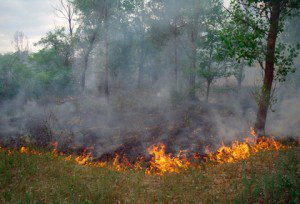
Fire damage from California wildfires is prevalent. Before the next wildfire engulfs your property, keep on hand the contact information of a professional that provides fire damage restorationFire damage restoration is the process of repairing and rest... More services. A call immediately after the catastrophic event starts the restorationRestoration is the process of returning a property to its pr... More process.
These professionals are highly experienced and trained to clean all remnants of smoke and sootSoot is fine black particles composed of carbon and other ma... More from the fire damaged property. They can remove sootSoot is fine black particles composed of carbon and other ma... More particles from marble, tile and chrome, as well as upholstery and carpeting. These technicians will also help with filing insurance claims.
In addition to fire damage restorationFire damage restoration is the process of repairing and rest... More, these professionals provide reliable water damage restorationWater damage restoration is the professional process of clea... More services. As mentioned, water damage is a likely outcome of the fire extinguishing process. RestorationRestoration is the process of returning a property to its pr... More professionals address both fire and water damage restorationWater damage restoration is the professional process of clea... More with comprehensive services.










